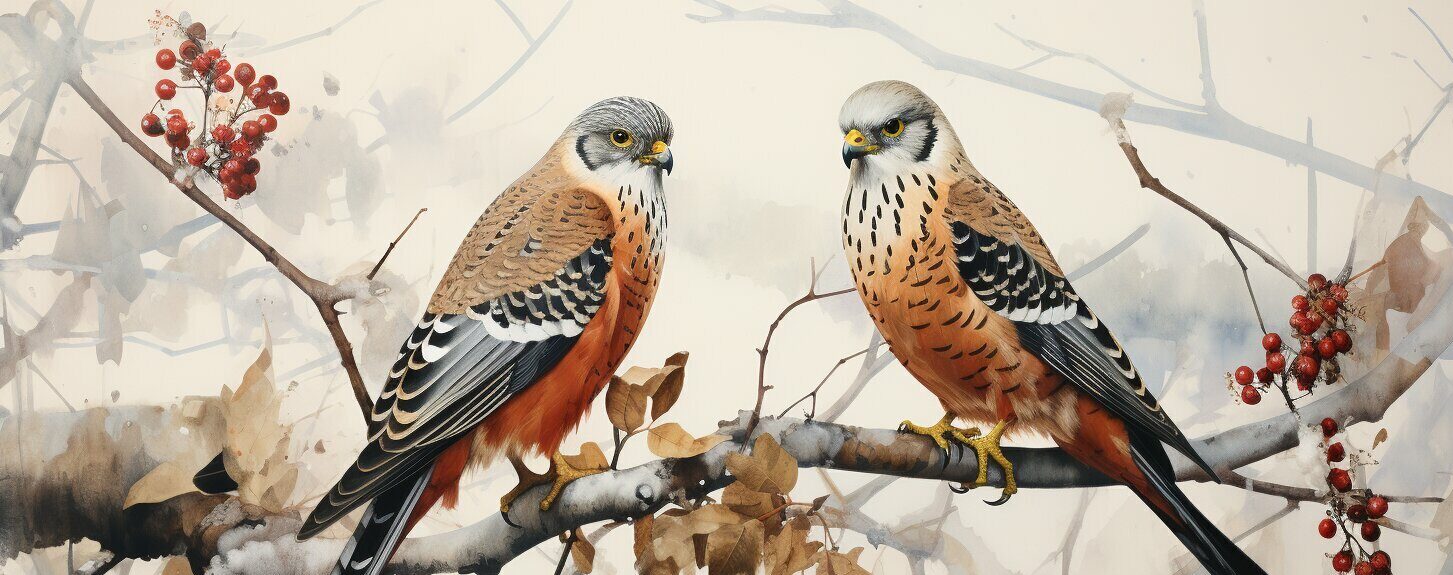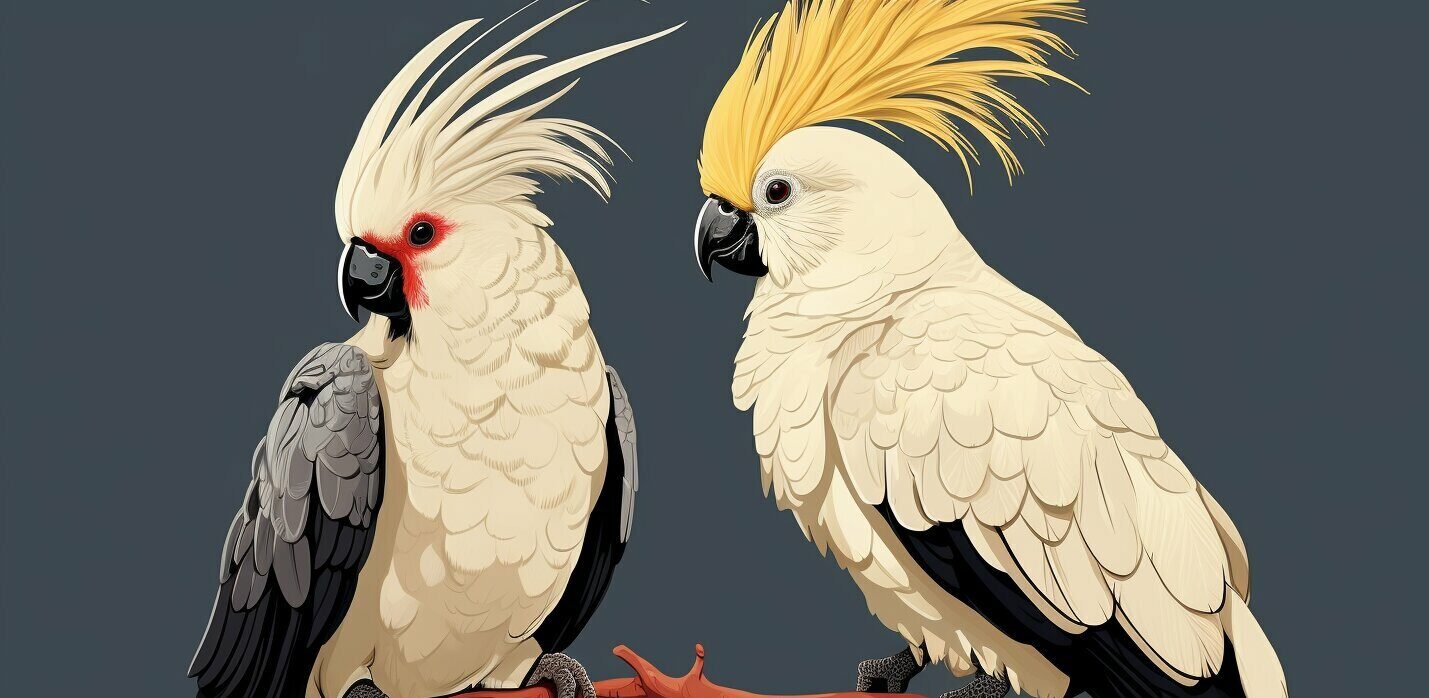If you’re a bird enthusiast, you’ve likely heard of both kiwis and kakapos. While they may share some similarities, such as being native to New Zealand, they are actually quite different from each other.
In this article, we’ll explore the unique characteristics of kiwis and kakapos, including their physical traits, behavior, habitat, and conservation status.
Key Takeaways:
- Kiwis and kakapos are both native to New Zealand but differ greatly in their physical characteristics, behaviors, and lifestyles.
- Kiwis are flightless birds with long beaks and feathers resembling fur, while kakapos are large, flightless parrots with striking green plumage.
- Both kiwis and kakapos face numerous threats to their survival, including habitat loss and predation by introduced species.
- Conservation efforts are in place to protect both species, but continued support is needed to ensure their survival in the wild.
Habitat and Distribution
Kiwis and kakapos are two of the most unique and fascinating birds in the world, both of which are native to New Zealand. However, they have vastly different habitats and distribution patterns.
The kiwi bird is a flightless bird that is endemic to New Zealand. It is primarily found in forests, grasslands, and scrublands throughout the country. There are five different species of kiwi, each with their own specific habitat preferences and distribution patterns. For example, the North Island brown kiwi can be found in the forests of the North Island, while the tokoeka kiwi is found in the mountains of the South Island.
The kakapo parrot, on the other hand, is also endemic to New Zealand but has a much smaller distribution range. It is a nocturnal, flightless parrot that is found only in a few select locations throughout the country. Due to habitat destruction and invasive species, the kakapo is now one of the rarest birds in the world, with only around 200 individuals remaining in the wild.
Kiwi Bird Habitat
| Kiwi species | Habitat |
|---|---|
| North Island brown kiwi | Forests of North Island |
| Great spotted kiwi | Forests and scrublands of South Island |
| Little spotted kiwi | Offshore islands |
| Rowi | Coastal forests of South Island |
| Tokoeka kiwi | Mountains of South Island |
Kakapo Parrot Conservation Status
The kakapo is critically endangered, with only around 200 individuals remaining in the wild. This is primarily due to habitat destruction and invasive species. In the past, the kakapo was hunted for its feathers and meat, further contributing to its decline.
To protect the remaining kakapo population, conservation efforts have been implemented, including predator control, habitat restoration, and a captive breeding program. These efforts have shown promising results, with the kakapo population slowly increasing over the years.
Physical Characteristics
Kiwis and kakapos are two distinct species of flightless birds that are native to New Zealand. While both birds share some physical similarities, they also have several unique characteristics that set them apart from each other.
Kiwi Bird Facts
Kiwis are small, chicken-sized birds that are covered in soft, hair-like feathers. They have a round body with a long, curved beak that is used to probe the ground for insects and other small animals.
One of the most distinctive features of kiwis is their lack of wings. Instead, they have small, vestigial wings that are hidden beneath their feathers and are of no use for flight. Kiwis also have strong legs and feet that enable them to run fast and dig deep burrows in the ground where they nest and sleep.
Another interesting fact about kiwis is that they have nostrils located at the tip of their beak, which allows them to smell for food while they are probing the ground. They are also unique in that they do not have a keel bone, which is a bone found in most birds that is necessary for flight.
Kakapo Parrot Characteristics
Kakapos, on the other hand, are large, nocturnal parrots that have a distinctive owl-like appearance. They have a round body with short, stubby wings and a large, powerful beak that is used to crush hard-shelled nuts and seeds.
Kakapos have soft, green feathers that help them blend in with their forest habitat. They also have large, expressive eyes and a distinctive, booming call that can be heard from a great distance.
One of the most unique characteristics of kakapos is their ability to store fat in their bodies, which allows them to survive for long periods without food. This is an important adaptation for a bird that is native to a region that experiences long periods of drought and food scarcity.
Overall, both kiwis and kakapos have evolved unique physical characteristics that enable them to thrive in their respective habitats. Understanding these differences is an important step towards appreciating and conserving these endangered species for future generations.
Behavior and Lifestyle
Kiwis and kakapos have very different behaviors and lifestyles, reflecting their distinct habitats and evolutionary histories.
Kiwi Bird Behavior
Kiwis are nocturnal birds that are mostly solitary, although they may pair up during the breeding season.
They are ground-dwelling and use their long beaks to probe for insects and other invertebrates in the soil. Kiwis are also adept at using their sense of smell to locate food.
Despite their small size, kiwis are fierce fighters and will defend themselves against predators, including dogs and stoats.
Kakapo Parrot Diet
Kakapos, on the other hand, are herbivores that feed mainly on the leaves, bark, and seeds of native New Zealand trees.
They are primarily nocturnal birds and spend most of their time on the ground, although they are also capable of climbing trees.
Kakapos are known for their distinctive “booming” call, which can be heard from a great distance.
Unfortunately, the kakapo’s specialized diet and ground-dwelling habits make it especially vulnerable to introduced predators, such as rats and stoats.
Comparing Kiwis and Kakapos
In many ways, kiwis and kakapos represent opposite ends of the spectrum when it comes to bird behavior and lifestyle.
While kiwis are small, fierce, and primarily insectivorous, kakapos are large, gentle, and herbivorous.
Both species, however, have suffered greatly from habitat loss and introduced predators, highlighting the need for conservation efforts to protect these unique birds.
Reproduction and Life Cycle
Kiwis and kakapos have unique reproductive strategies and life cycles. Kiwi birds are monogamous and mate for life, with a breeding season that typically occurs between June and March. During this time, the female kiwi may lay up to three eggs in a specially constructed burrow, which is usually lined with leaves and twigs.
The male kiwi is responsible for incubating the eggs, which takes around 80 days. After hatching, the chick remains in the burrow for several days before emerging to forage with its parents. Kiwis can live up to 50 years in the wild.
On the other hand, kakapos have a more complex reproductive strategy. These parrots are lek breeders, meaning that males gather in a particular location and display to attract females. Mating occurs between the months of December and April, and females may mate with multiple males.
After mating, the female kakapo lays a clutch of eggs, usually between one and four. The eggs are incubated for around 30 days, and the chicks are fed regurgitated food by their mother. Kakapo chicks are precocial, meaning they are born with feathers and are able to leave the nest after a few weeks. Kakapos can live up to 90 years in captivity.
Threats and Conservation Efforts
Both kiwis and kakapos are facing numerous threats, which have resulted in their endangered status. The main threat to kiwis is habitat loss and fragmentation due to deforestation, farming, and urbanization. This has resulted in a decline in their population and range. Kakapos, on the other hand, are threatened by introduced predators such as cats, stoats, and rats, which have caused a significant decline in their population.
The conservation status of kiwis and kakapos is a major concern, and various efforts have been put in place to protect these birds. The New Zealand government has implemented numerous conservation programs aimed at protecting the kiwi bird habitat, such as the Kiwi Recovery Plan, which involves habitat protection, predator control, and captive breeding programs. With these efforts, the kiwi population has shown some signs of recovery in recent years.
Similarly, the Kakapo Recovery Program has been established to protect the kakapo parrot’s remaining population, with key strategies such as the removal of mammalian predators from their habitat and the establishment of a breeding program. These efforts have resulted in a modest increase in the kakapo population, but they continue to remain critically endangered.
Kiwis and Kakapos Comparison
Despite their similarities, there are several differences between kiwis and kakapos concerning their habitat, diet, and behavior. Kiwis are flightless and nocturnal birds found in New Zealand’s forests and are known to have a long lifespan of up to 50 years. Kakapos, on the other hand, are also nocturnal, flightless parrots found in New Zealand’s islands, and have a lifespan of up to 90 years.
Another significant difference between kiwis and kakapos is their diet. Kiwis are omnivores, feeding on insects, worms, and fruit, while kakapos are herbivores, subsisting on leaves, fruits, and bark. These unique characteristics make each of these birds important to the ecosystem, and their conservation is vital in maintaining the balance of nature.
In conclusion, the conservation of kiwis and kakapos is crucial to ensure their survival. While their threats and challenges are significant, there are ongoing efforts to protect these birds and their habitats. It is essential to continue supporting these conservation efforts to safeguard the future of these iconic and unique bird species.
Cultural Significance
Kiwis and kakapos hold significant cultural and symbolic value in their respective regions.
The kiwi bird is a national symbol of New Zealand and is deeply rooted in Māori culture. According to legend, the kiwi bird was held in high regard by the gods and given as a gift to humans. It is believed to embody qualities such as independence, pride, and strength. The bird’s unique appearance and behavior have also inspired art, literature, and music in New Zealand.
The kakapo parrot, on the other hand, holds cultural and spiritual significance among the Māori people and is considered a taonga, or treasure. The bird’s booming call is believed to have supernatural powers that can ward off evil spirits. It is also revered for its intelligence, curiosity, and playful nature. In recent years, the kakapo has gained global recognition for its unique traits and conservation efforts.
The cultural significance of these birds highlights the importance of their conservation and protection for future generations to appreciate and enjoy.
Interactions with Humans
Kiwis and kakapos have had a long history of interaction with humans, with varying degrees of success. Overhunting, habitat destruction, and introduced predators are some of the top threats that endangered both species over the years. As a result, conservation efforts have been put in place to protect these unique birds, and humans play a key role in their survival.
One of the most crucial aspects of kiwi bird conservation efforts has been predator control. As ground-dwelling birds, kiwis are particularly vulnerable to introduced predators such as rats, stoats, and feral cats. To combat this, initiatives such as trap setting and predator-free enclosures have been implemented to reduce the number of predators in kiwi habitats.
Kakapos, on the other hand, have faced a different set of challenges due to their nocturnal habits, flightlessness, and specific dietary needs. Although conservation efforts have successfully increased the number of kakapos in recent years, human interactions with these birds are still closely monitored and regulated.
For example, in the past, kakapos have been known to approach humans with curiosity, making them easy targets for hunters and predators. Today, strict regulations are in place to ensure that humans do not pose a threat to kakapos, and any interaction with these birds is closely monitored.
Overall, humans have played a significant role in both the decline and recovery of kiwis and kakapos. As awareness about the importance of these birds continues to grow, so does the need for responsible human interactions and conservation efforts.
Conclusion
As we’ve explored throughout this article, kiwis and kakapos are two unique and fascinating bird species with distinct differences. From their physical characteristics to their habitats and behavior, kiwis and kakapos have evolved to thrive in their respective environments.
However, both species face significant threats from habitat loss, predators, and other human impacts. It’s important that we continue to prioritize the conservation efforts in place to protect these endangered birds.
Despite their differences, kiwis and kakapos share one important similarity: they are both integral parts of their ecosystems and cultural identities. By continuing to learn about and support the conservation of kiwis and kakapos, we can help ensure the survival of these incredible birds for generations to come.
So the next time you come across a kiwi or kakapo, take a moment to appreciate the unique qualities that make them so special. And remember, by taking small actions to support their conservation, we can make a big difference in preserving the natural world around us.
 Skip to main content
Skip to main content


